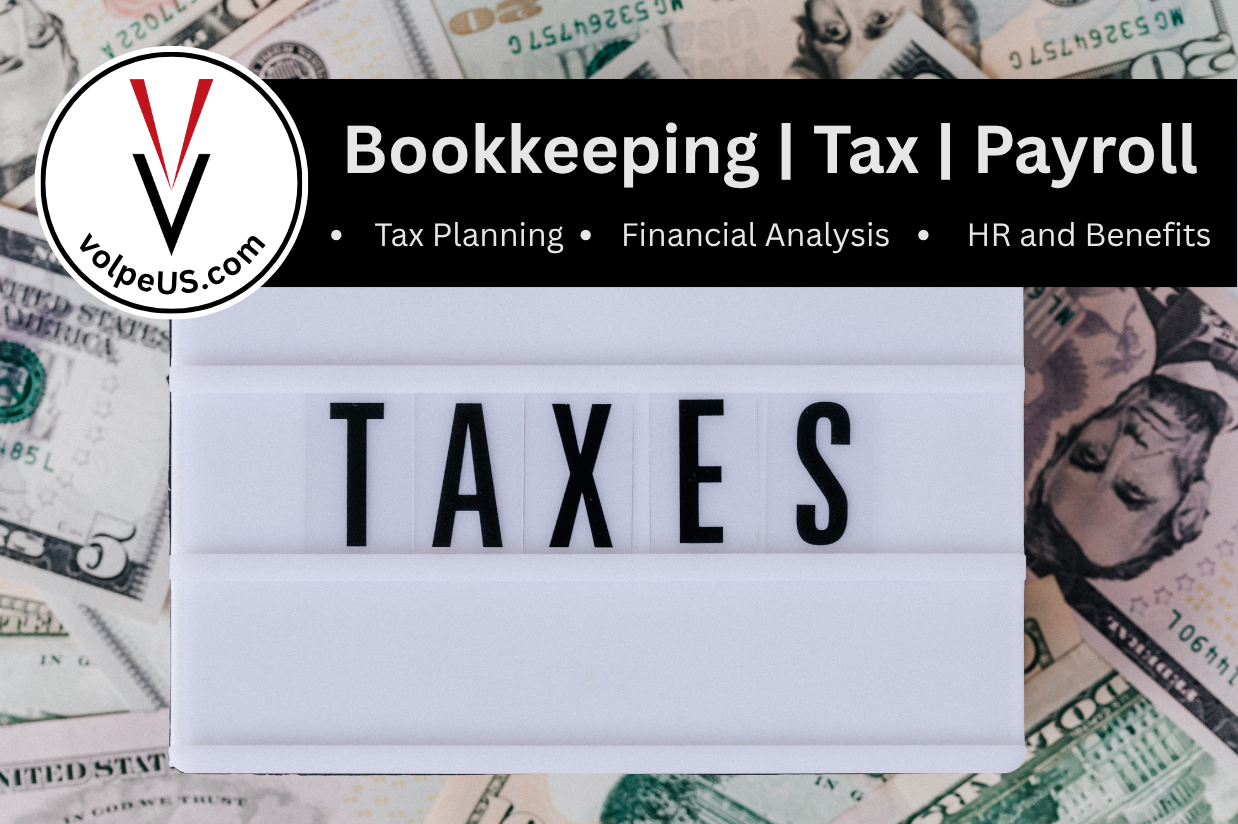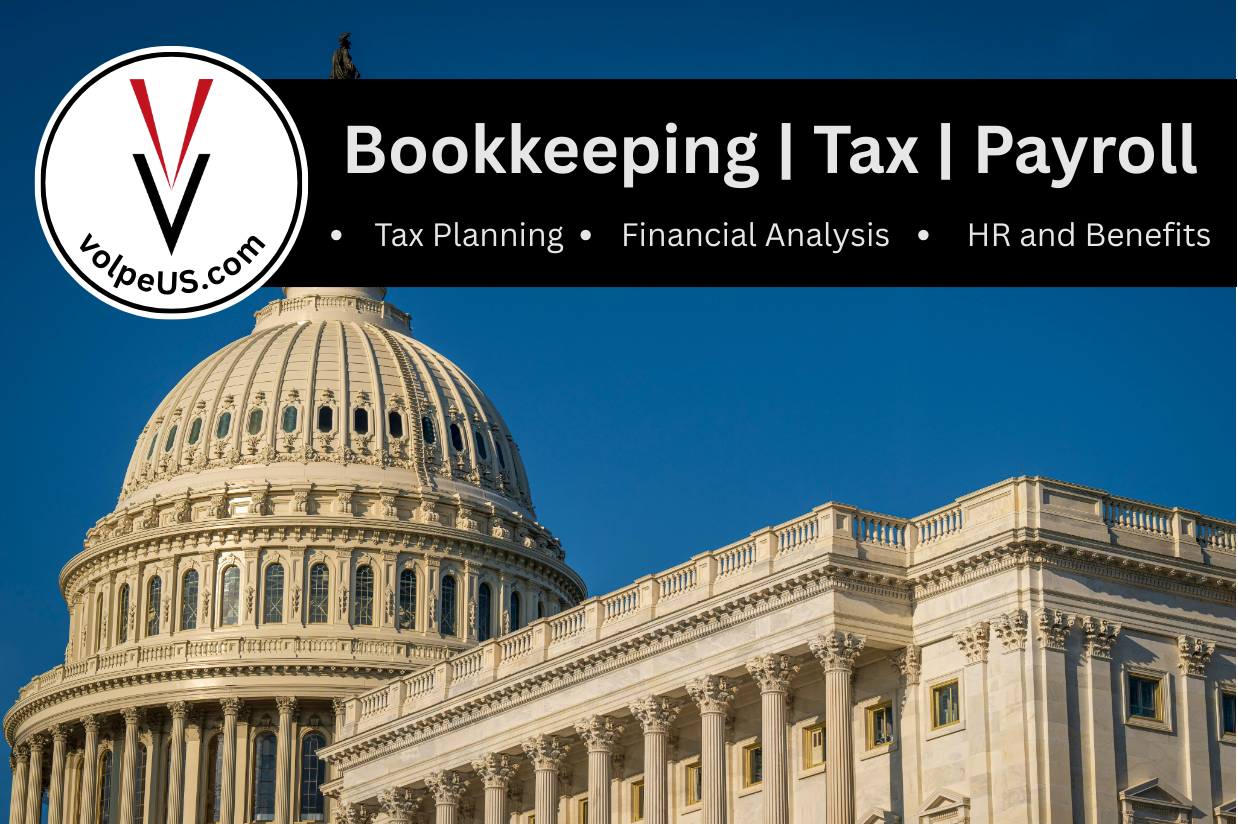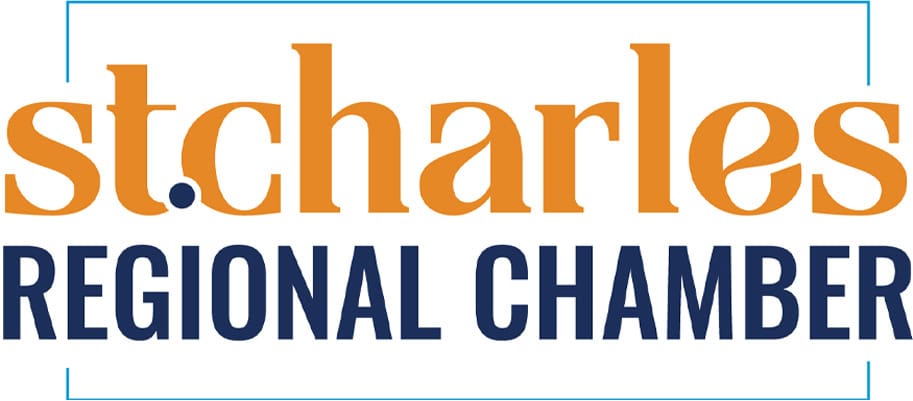Jump to a Specific Section
How to Deal With Multi-State Payroll Taxes
Remote work is increasingly popular, and many businesses operate in multiple states. As businesses grow and expand across state lines, managing multi-state payroll taxes becomes increasingly complex for employees living in one state and working in another. Employers must navigate state-specific tax obligations, including payroll tax credits, reciprocal agreements, and various filing requirements. This article covers everything an employer needs to know about handling multi-state payroll, from how taxes are determined to the role of nexus and the required forms and filings. Whether you’re a business owner, tax preparer, or payroll provider, this guide will help you navigate the complexities of multi-state payroll taxes.
State Payroll Tax Credits: Preventing Double Taxation
When employees live in one state but work in another, there is a risk of being taxed twice: once by the state where they work (the work state) and once by the state where they live (the home state). To prevent this, most states allow employees to claim a tax credit for taxes paid to the work state. The home state credits the employee for the taxes they’ve already paid to the work state, ensuring they aren’t taxed twice on the same income.
Example 1: Higher Taxes in the Work State
- Scenario: An employee lives in Massachusetts (5% tax rate) but works in Connecticut (6.99% tax rate).
- How It Works: The employer withholds Connecticut’s 6.99% tax because that’s where the work occurs. The employee files a non-resident return in Connecticut and pays 6.99%. When filing their resident return in Massachusetts, they can claim a credit for the full amount of taxes paid to Connecticut, offsetting their Massachusetts tax liability.
Example 2: Lower Taxes in the Work State
- Scenario: An employee lives in New York (6.85%) but works in Pennsylvania (3.07%).
- How It Works: The employer withholds Pennsylvania’s lower 3.07% tax rate. The employee files a non-resident return in Pennsylvania and pays 3.07%. On their New York resident return, they can claim a credit for the 3.07% paid to Pennsylvania but still owe the remaining difference (3.78%) to New York to account for New York’s higher tax rate.
Managing Higher Home State Taxes
In cases where the employee’s home state has a higher tax rate than their work state, the employee may end up with a tax bill when they file their home state tax return.
To manage this:
- Estimated Payments: Employees can make quarterly estimated payments to their home state throughout the year to cover the difference.
- Increased Withholding: Employees can also request additional federal income tax withholding by adjusting Form W-4 to cover the gap between the work and home state taxes. While employers can’t directly withhold the delta between the two state tax rates, this method helps avoid a large lump sum at tax time.

Reciprocal Agreements: Simplifying Multi-State Payroll Taxes
To further reduce complexity, many states have entered into reciprocal agreements. These agreements allow employees who live in one state but work in another to pay income taxes only to their home state. In these cases, employers withhold only the home state’s taxes, even if the employee works in the other state. This simplifies the payroll process for both employers and employees and reduces the need for dual filings.
How Reciprocal Agreements Benefit Employers, Employees, and States
- Employer: Instead of navigating multi-state withholding, the employer only needs to withhold taxes for the employee’s home state.
- Employee: Employees avoid the need to file non-resident tax returns and only deal with taxes in their home state, simplifying their tax filing process.
- State Bureaucracies: Fewer non-resident tax returns mean simplified tax administration for states.
Example of Reciprocal Agreement:
- Scenario: A resident of Virginia (5.75%) works in Maryland (5%). Thanks to their reciprocal agreement, the employer withholds only Virginia’s 5.75% tax, and the employee doesn’t need to file a Maryland non-resident return.
16 States with Reciprocal Agreements:
Here is a breakdown of the 16 states with reciprocal agreements and the states with which they have these agreements:
- Arizona – California, Indiana, Oregon, Virginia
- Illinois – Iowa, Kentucky, Michigan, Wisconsin
- Indiana – Kentucky, Michigan, Ohio, Pennsylvania, Wisconsin
- Iowa – Illinois
- Kentucky – Illinois, Indiana, Michigan, Ohio, Virginia, West Virginia, Wisconsin
- Maryland – District of Columbia, Pennsylvania, Virginia, West Virginia
- Michigan – Illinois, Indiana, Kentucky, Minnesota, Ohio, Wisconsin
- Minnesota – Michigan, North Dakota
- Montana – North Dakota
- New Jersey – Pennsylvania
- North Dakota – Minnesota, Montana
- Ohio – Indiana, Kentucky, Michigan, Pennsylvania, West Virginia
- Pennsylvania – Indiana, Maryland, New Jersey, Ohio, Virginia, West Virginia
- Virginia – District of Columbia, Kentucky, Maryland, Pennsylvania, West Virginia
- West Virginia – Kentucky, Maryland, Ohio, Pennsylvania, Virginia
- Wisconsin – Illinois, Indiana, Kentucky, Michigan
Reciprocal agreements greatly simplify multi-state payroll taxes for businesses and employees, especially in areas with large populations living near state borders.

Reverse-Credit Arrangements: A Different Approach to Multi-State Payroll Taxes
While reciprocal agreements are common, some states have established reverse-credit arrangements. In these arrangements, the home state taxes the employee’s income, and the work state provides a credit for the taxes paid to the home state. This is the opposite of the typical arrangement, where the work state withholds taxes and the home state offers the credit.
How Reverse-Credit Works
- In reverse-credit arrangements, the home state taxes the income of a resident who works in another state.
- The work state provides a credit for the taxes paid to the home state.
- These agreements are less common and are specific to certain state pairs.
Examples of Reverse-Credit Arrangements:
- Arizona and California
- Scenario: An Arizona resident works in California.
- How It Works: Arizona taxes the resident’s income, and California provides a credit for the taxes paid to Arizona. Since California’s tax rate is typically higher than Arizona’s, the employee may still owe the difference to California.
- Implication: The employee files tax returns in both states, paying Arizona taxes first and then receiving a credit from California.
- Indiana
- Scenario: An Indiana resident works in California.
- How It Works: Indiana taxes the resident’s income, and California provides a credit for taxes paid to Indiana. However, Indiana has withdrawn recognition of California’s reverse credit, meaning this arrangement may no longer be valid.
- Implication: The employee may need to pay California taxes without receiving a reciprocal credit from Indiana.
- Oregon and Virginia
- Scenario: An Oregon resident works in Virginia.
- How It Works: Oregon taxes the resident’s income, and Virginia provides a credit for taxes paid to Oregon.
- Implication: Similar to the Arizona-California scenario, the employee may owe additional taxes to Virginia if its rate is higher.
Key Considerations:
- Less Common: Reverse-credit arrangements are not as widespread as reciprocal agreements and are often subject to change based on state laws and negotiations.
- State-Specific: Each reverse-credit arrangement is unique to the states involved and may have specific requirements and limitations.
- Consult Professionals: Due to their complexity and rarity, it’s essential to consult with tax professionals or state tax authorities to understand the specific implications for your situation.

How to File: Necessary Forms and Documentation for Multi-State Payroll Taxes
Handling multi-state payroll taxes for employees in multiple states often requires filing specific forms and maintaining proper documentation to ensure compliance with state laws.
Employee Exemption Forms for Reciprocal States
If an employee works in a state with a reciprocal agreement, they must file an exemption form to prevent taxes from being withheld in the work state. This form instructs the employer to only withhold taxes for the employee’s home state.
- Example: A Michigan resident working in Indiana would file Form WH-47 with their employer to exempt Indiana taxes and ensure only Michigan taxes are withheld.
Non-Reciprocal States: Filing Credits
In non-reciprocal states, the employee must file two returns:
- A non-resident return in the work state to report taxes withheld there.
- A resident return in the home state, claiming a credit for taxes paid to the work state.
Proper documentation, such as W-2s showing withholding in the work state, must be attached to the resident state return.
Reverse-Credit Arrangements: Filing Requirements
In states with reverse-credit arrangements:
- Home State Withholding: The employee’s home state taxes are withheld.
- Work State Credit: The employee files a non-resident return in the work state to claim a credit for taxes paid to the home state.
- Forms Needed: Specific forms vary by state. For instance, an Arizona resident working in California may need to file AZ Form WEC and the appropriate California non-resident tax return.
Documentation and Waivers
- Exemption Forms: Must be completed accurately and submitted to the employer to ensure proper withholding.
- Tax Credits: Employees must keep records of taxes paid to claim credits on their home state returns.
- Employer Documentation: Employers must maintain records of withheld taxes and ensure timely filing with both states’ tax authorities.

Establishing Nexus: What it Means for Employers & Multi-State Payroll Taxes
Nexus is the legal term for the connection a business has with a state, which subjects the business to tax obligations in that state. If an employer has employees or conducts significant business in a state, that can create nexus, triggering requirements to register and pay payroll taxes in that state.
Do Remote Workers Automatically Establish Nexus?
No, remote workers do not automatically establish nexus in their home state. Whether a remote worker creates nexus depends on state laws and the nature of the business activities being conducted. Nexus has impact on how multi-state payroll taxes are handled because it can determine which is the work state of a given employee.
Several factors influence whether a remote worker creates nexus for the employer:
- Physical Presence: States may consider an employee’s physical presence in their home state as establishing nexus, particularly if the employee is performing essential business functions.
- Temporary vs. Permanent Remote Work: Some states made temporary exceptions during the pandemic for employees working remotely, but permanent remote work arrangements are more likely to create nexus.
- Nature of the Work: If a remote worker is performing core business functions, such as sales or production, this is more likely to create nexus than administrative work.
Types of Nexus:
- Physical Nexus: Established if a business has employees, offices, or property in a state. For example, if a Massachusetts business has employees working remotely from Connecticut, this creates a physical nexus in Connecticut, requiring registration for payroll taxes there.
- Economic Nexus: In some cases, states impose tax obligations on businesses based solely on the level of economic activity in the state, such as sales thresholds.
Example of Nexus Impact:
- Scenario: A business headquartered in Massachusetts moves its main office to Connecticut but retains employees in Massachusetts. The business now has a physical presence (nexus) in both states and must register for payroll tax obligations in both states.
When nexus is established in another state, businesses often need to register as a Foreign LLC to legally operate there. For instance, if a Massachusetts-based company opens an office in Connecticut, it may need to register as a Foreign LLC in Connecticut and comply with Connecticut payroll tax laws.

Best Practices for Employers Handling Multi-State Payroll Taxes
Employers managing multi-state payroll taxes for employees across multiple states should follow these best practices to stay compliant:
- Use Payroll Software: Invest in software that can handle multi-state payroll, including tax withholding and unemployment insurance.
- Stay Updated on State Laws: Payroll tax laws vary by state and change frequently. Keep payroll processes updated to avoid non-compliance.
- Consult Professionals: A tax advisor or payroll specialist can help navigate multi-state payroll requirements and ensure proper registration and filing.
Managing multi-state payroll taxes is complex, but understanding the key concepts of payroll tax credits, reciprocal agreements, reverse-credit arrangements, and state filing requirements can help employers remain compliant and avoid double taxation for their employees. Keep in mind, state tax laws can and do change, and it would be a fool’s errand to try to capture all the nuances of each one in a single article. Whether your business is expanding into new states or hiring remote workers, it’s essential to stay up-to-date with state tax laws and use the appropriate forms to simplify tax reporting. By following the best practices outlined in this guide, you can ensure a smooth and compliant payroll process for employees working in multiple states.














